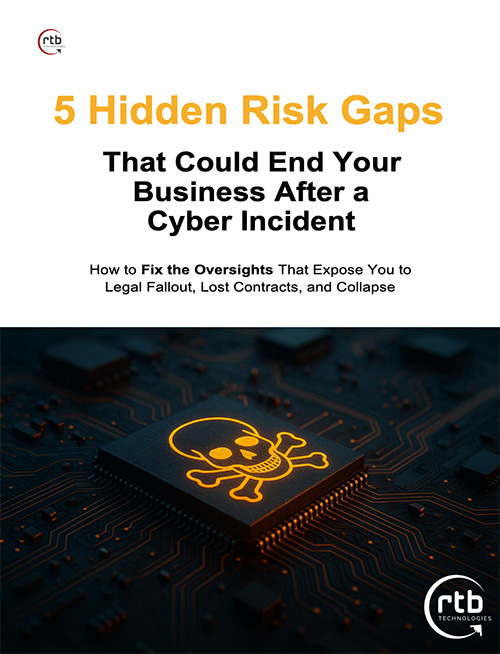
Your team may be back from vacation, but cybercriminals never clock out. Studies from ProofPoint and Check Point show phishing attempts actually surge during the summer months. Here’s what you need to know—and how to stay one step ahead.
Why the Risk Climbs in August
- Vacation-themed lures
Attackers impersonate hotel or Airbnb sites to trick users into entering credentials. In fact, Check Point Research found a 55% jump in new “vacation” domains in May 2025 versus May 2024—and one in 21 of those domains was flagged as malicious or suspicious. - Back-to-school bait
Late summer also means campus communications. Phishers spoof university e-mails, and when employees check personal mail on work devices, one click can expose your entire network.
The Consequences of a Misstep
- Data Leakage on Autopilot
Personal cloud and messaging apps can spill client files or financial records without you even knowing. - Unpatched Threats
Approved software gets regular updates—these rogue tools don’t. - Compliance Time Bomb
If you’re subject to HIPAA, PCI-DSS, FTC Safeguards or similar, an unvetted app could trigger six-figure fines. - Malware & Phishing Gateways
One innocent-looking download can hide ransomware or credential-stealing scripts. - Account Takeover Risk
No MFA, no logging—hackers move laterally once they’ve lifted credentials.
Why Employees Go Rogue
It’s not malice, it’s momentum:
- Approved tools feel slow or outdated.
- Teams need results now, not in a two-week approval queue.
- They believe a shortcut won’t hurt—until it costs far more than time saved.
How to Stamp Out Shadow IT Phishing Vectors
- Build a Living Software Catalog
Partner with your security team to curate and update a trusted app list monthly. - Lock Down Installs
Enforce device-level policies so nothing new goes on a workstation or phone without review. - Train as If Your Business Depends on It
Spoiler: It does. Show real-world examples of one rogue app leading to a breach. - Scan for the Invisible
Deploy network-monitoring tools to spotlight stealthy apps hiding in plain sight. - Fortify Every Endpoint
Next-gen EDR and antivirus so any unusual behavior immediately triggers an alert.
Ready to shore up your defenses? Click here to Book your Cyber Risk Assessment Session!



